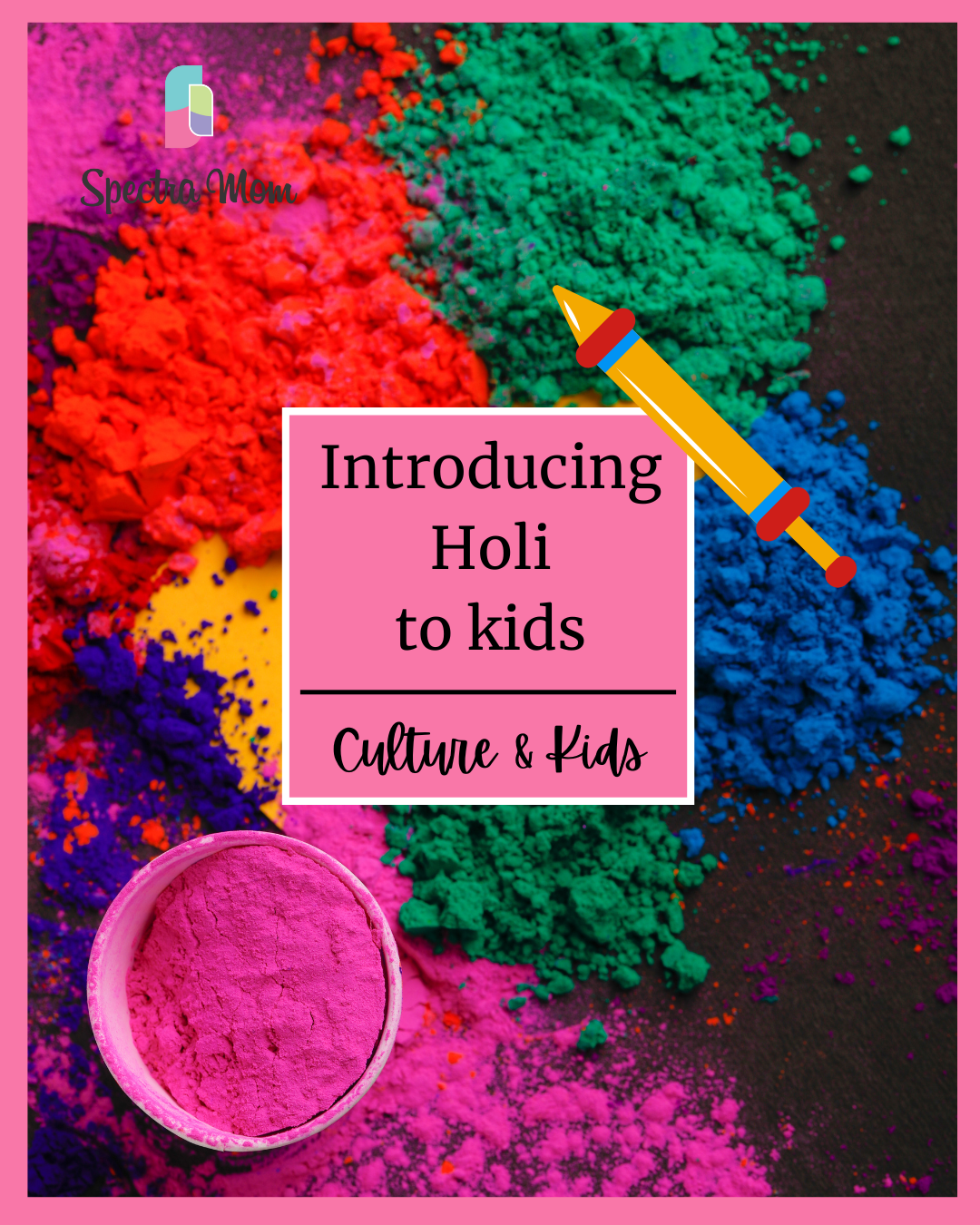Holi is one of the important festivals in India.
If you’re wondering how to make Holi more meaningful for your children and introduce them to the culture around it, here is a quick tidbit to help you.
Holi is predominantly a Hindu celebration that is observed by Hindus. However, it is one festival where everyone comes together to put colours on each other and enjoy this festival of colours together.

Significance
Originally, the celebration of Holi celebrated abundant harvests and lush land.
However, it also represents the passing of winter and the arrival of spring, a time to celebrate with friends and family, the victory of good over evil, and the opportunity to leave behind grudges and mend ties.
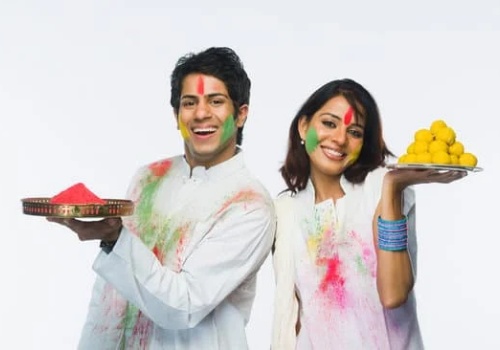
Where & When is it celebrated :
Holi is mostly celebrated in Asian nations like Bangladesh, India, and Nepal even though it is now recognized globally.
Holi also known as festival of colors and is observed in the last full moon of the lunar month of Phalguna, which often occurs in the latter half of February or March.
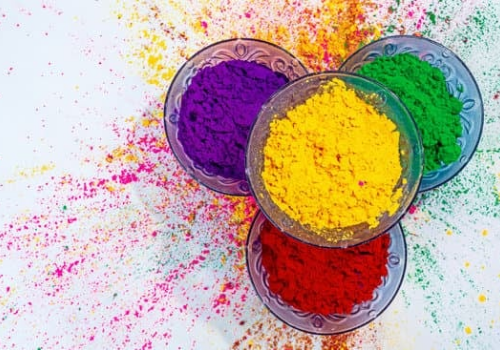
History
Story of Prahlad and Hiranyakashipu
The wise and honest Prahlda was the child of the demon ruler Hiranyakashipu. Hiranyakashipu was an arrogant king who wanted to be worshiped and idolized by everyone.
However, his son Prahlda, a devotee of Vishnu had taken the teachings of Vishnu from the divine sage Narada while he was in the womb only , would not give up his devotion and worship his father instead.
Hiranyakashipu was so enraged by his son that he started to see Vishnu and Prahlad as enemies. He attempted to kill his own son multiple times, but each time Vishnu intervened and used his mystical abilities to keep Prahlda safe.
So he called his sister, Holika, who was a demoness who had been granted a magic cover that protected her from fire.
She sat Prahlad on her lap while seated in a pyre.
And the king lit the pyre thinking that Prahlad would die while Holika, will be saved due to the magic fiber.
However, Vishnu intervened and threw the magic cover from Holika to cover Prahlāda instead!
With nothing to protect her, Holika died while Prahlad survives.
Story of Radha & Krishna
According to another legend, Lord Krishna was envious of the fair complexion of Radha and complained to his mother about it. His mother suggested that he should smear Radha’s face with colour to make her complexion similar to his.
Lord Krishna followed his mother’s advice and smeared colour on Radha’s face, marking the beginning of the tradition of playing with colours on Holi
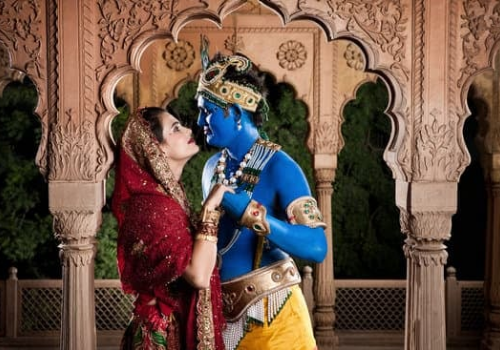
Rituals
In most parts of India, Holi lasts about two days
The first night is known as Holika Dahan and takes place on the first full moon (Purnima) of Phalguna in the Hindu calendar, which roughly translates to February/March in the Gregorian calendar. This is when people light a bonfire, dance, sing, perform rituals, and burn an effigy.
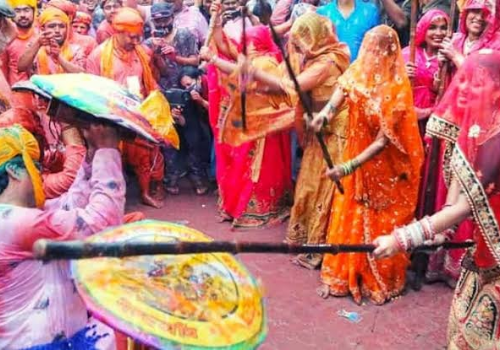
The next morning is known as Rangwali Holi, or simply as Holi, and is the most famous part of the festival. Throughout the day, street carnivals are held where people celebrate, dance, and throw colorful powder (called gulal) and water at one another! In the evening, they dress up and visit family and friends to share meals and celebrate together.
Varied Celebrations all across states.
The festival is most celebrated in locations connected to Lord Krishna such as Braj, Mathura, Vrindavan, Nandgaon and Barsana.
The celebrations start in Vrindavan a month before actual Holi, around Vasant Panchami itself.
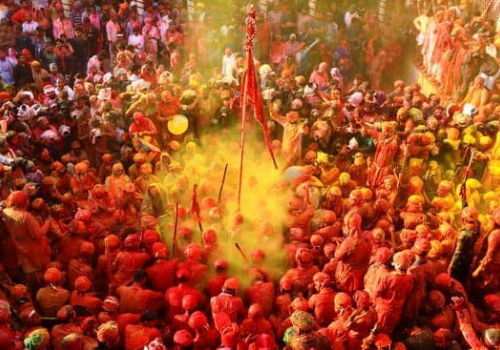
The Braj region also hosts –
- Lathmar Holi’, where sticks are used to create playful beats, to which young men and women dance;
- Phoolon wali Holi in Gulaal Kund near the Govardhan Hill, during which Ras Leela is performed,
Punjab celebrates ‘Hola Mohalla,’ profound display of martial arts, horse-riding, and reciting poetry.
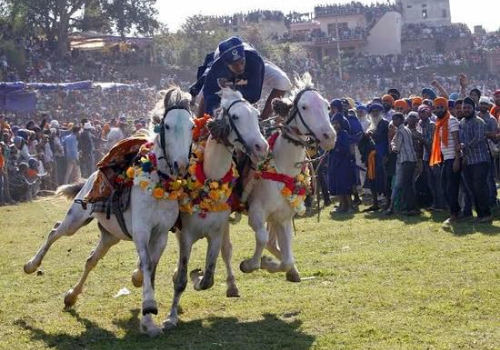
In Kumaon of Uttarakhand, people have “khadi Holi” where they move in tolis singing Khari songs, wearing traditional clothes.
In Kerala, Manjul Kuli is celebrated in the Konkani temple of Gorripuram Thirumala. Bihar region celebrates Holi in the name of Phaghwa while Assam celebrates in the name of Phakuwah
Food items You Must Try
Various food items are prepared traditionally all over India . Here are some you and your family must try (
North India
- Dhuska
- Malpua – Made with refined flour batter, pistachios, desi ghee and sugar syrup, this sweet dish is a must-have on Holi.
- Gujiya – The sweet dumpling-like dessert with outer covering prepared of maida and the stuffing made of semolina, sweetened khoya is a relished snack during Holi. Gujiya is very famous throughout the country
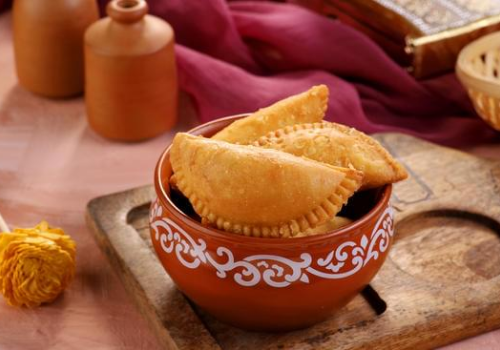
- Papad – Holi is incomplete without Papads. Indian households see variety of papads being prepared days before Holi – Potato papad, sago papad, rice papad, and arrowroot papad including chips, etc.
- Dahi Vada – Prepared with urad dal paste, shaped and deep fried in the form of dumplings and then dipped in sweet curd. The final dish is topped with a variety of sauces and spices and served in evening Holi get-togethers.
- Shakkar paare – Shakkar pare is a sweet and crispy textured snack. This snack basically replaces biscuits on Holi
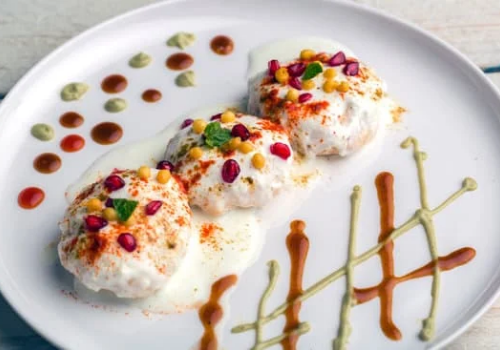
Maharashtra
- Puran Poli – Lentil stuffed sweet flatbread is a popular Maharashtrian recipe made during Ganesh Chaturthi, Diwali, Holi or any other festive occasion.
- Matar Karanji – The spicy version of Gujiya, Matar Karanji is an indulgent Maharashtrian snack made using seasonal fresh green peas.
South India
- Murukku / Chakli – Made of rice flour, black gram flour, brown rice flour, butter, sesame seeds, salt, red chili powder and asafoetida. The batter is made into not so hard dough and is then deep-fried until a little golden in color.
West Bengal
- Chanar Jilipi – A jalebi like dessert made with chhena or paneer is quite a popular dish on Holi among Bengalis
- Dorbesh – Laddoo made of gram flour, rice flour, khoya, and dry fruits is another popular snack.
- Manohara and Sandesh are equally prevalent though.
Rajasthan
- Ghewar – A traditional Rajasthani sweet prepared with readily available ingredients from your kitchen such as all-purpose flour, milk, ghee etc.
- Mohanthal – Described as besan fudge Mohanthal is another famous Rajasthan dish made with besan, ghee, and sugar and can be combined with many other ingredients, such as spices and nuts. It’s commonly consumed as prasad on festivals in temples and shrines.
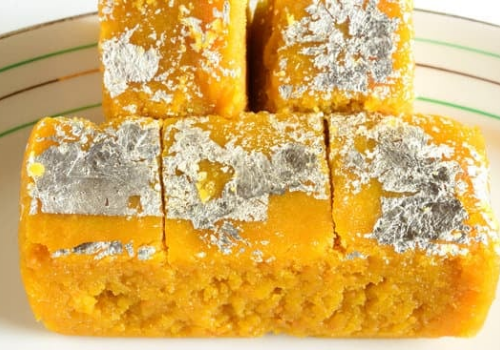
Gujarat
- Mithi Sev – Mithi Sev made with vermicelli is a popular dessert in Gujarat on special festive & religious occasions.
Bihar has a custom to cook their favorite Kathal ki sabzi or mutton curry as it is in Punjab to cook Rajma Chawal & Gujarati Daal Roti, Rice & Bhindi Saak in Gujarat.
Fun Facts To Share with kids
The vibrant powders used for Holi, known as gulal, were traditionally created using natural colors and materials like kumkum, neem, bilva, and halda.
These plants were used medicinally to treat cold and fever symptoms that springtime weather changes bring on. Plant-based sources can be used to extract other hues, including:
Red and Orange – palash flowers, sandalwood, hibiscus flowers.
Yellow – turmeric, marigold.
Green – gulmohar leaves and mehendi.
Blue – grapes, blue hibiscus, indigo plant, and indigo berries.
Purple and magenta – beetroot.
Black – vegetable charcoal, and gooseberry.
Brown – tea leaves.
Safety tips
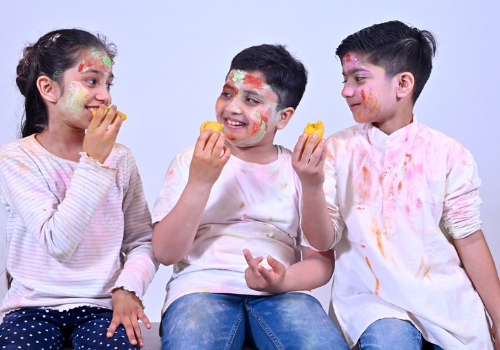
- Make sure to keep an eye while your kid is playing.
Children often accidentally consume colors when playing Holi, which can cause serious issues.
- Don’t give your child synthetic colours. Use eco-friendly hues instead that won’t irritate your child’s skin. Try creating colours at home with sandalwood, turmeric, henna, or flowers like yellow chrysanthemums or marigolds if you want to be more protective. The advantage of using these colours is that neither do they create skin allergies nor are they challenging to remove.
- While water balloons are fun they can be hazardous and harmful.
They can cause painful injuries and may hit sensitive spots. So, teach your kid not to play with water balloons and stay away from people who play with water-filled balloons.
- Encourage goggles and full clothing for kids. Even if someone tries to play with your child using synthetic colors, the effect will be minimized due to full clothes,plus goggles will save them from any sort of optical injuries.
- Apply generous amounts of petroleum jelly or moisturizers on your child’s skin. To safeguard the scalp and hair, apply coconut oil.
- Keep food away from colors
Even natural color powder, when ingested, can be dangerous for children. Intake of colors can cause severe outbursts of reaction and food poisoning. .
- Teach kids to not aim water /color at people’s faces and not force an unwilling friend to play.
Hope this blog helps you and your kids celebrate Holi to the fullest and in a more meaningful manner!

